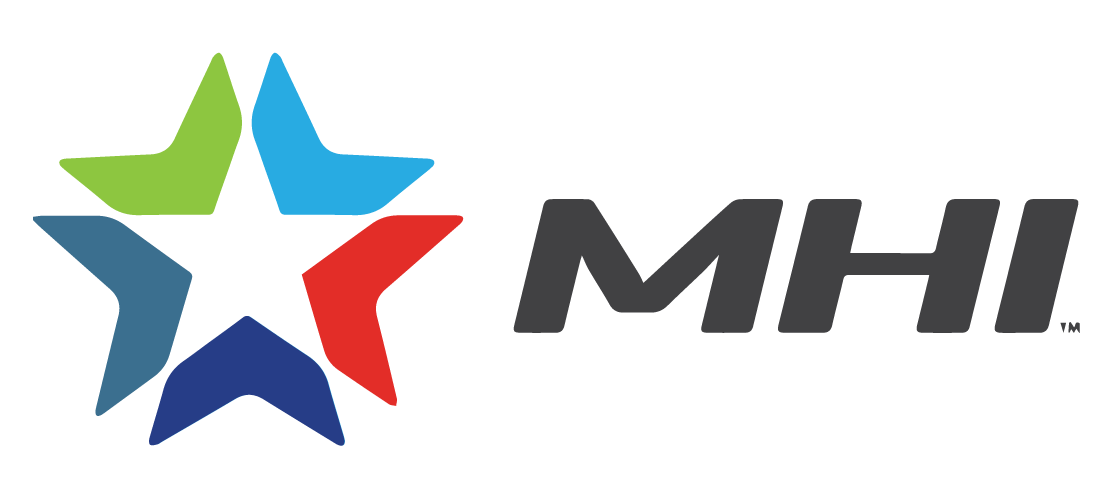
Supply chains are what makes the world work.
As the invisible force that connects everything, supply chains ensure that you get the right products at the right place at the right time. They're always on and always working for you, even in times of disruption.
Because of that, the industry is constantly changing, making it difficult for professionals to remain up-to-speed on the latest trends, advancements and competitive forces needed to make sure your part of the supply chain is optimized to serve customers.
Here at MHI, the nation's largest material handling, logistics and supply chain association, we work to deliver the latest knowledge, the strongest connections, powerful industry leadership, and the best market access for manufacturing and supply chain professionals. Our 800+ members and 18 Industry Groups power research and solution sourcing to drive the innovations you can see at our world-class events.
We're here to find what's next for supply chain and material handling and make it accessible to you.
MHI - The Industry That Makes Supply Chains Work
Vision
To be the authoritative resource for the material handling industry.
Mission
Deliver member value every day.
MHI Snapshot
-
800 members, including material handling and logistics equipment companies, systems and software manufacturers; consultants; systems integrators and simulators; and third-party logistics providers and publishers.
-
18 MHI Industry Groups represent the leading providers in several key equipment and system solution categories.
MHI provides educational, business development, networking and solution sourcing opportunities.
History of MHI
MHI was incorporated in 1945 to serve its members and promote the industry at large. In 1948, MHI created the National Material Handling Show, which was later named ProMat. This event grew into MHI's signature event.
Also, in the early years of MHI, sections or groups were formed from within the Membership or through affiliation within MHI to better represent specific producing sectors (examples being – Industrial Trucks, Cranes, Hoists, Monorails, Racks and Shelving, Loading Dock Equipment, Lift Equipment and Conveyors). These groups still serve the industry today.
By the late 1980s, the association took some bold but exciting steps to evolve the organization, including a move from Pittsburgh, PA to Charlotte, NC, and the association changed its name to the Material Handling Industry of America or MHIA.
The size of the organization with an international trade show demanded changes in the management structure that could efficiently tackle the incumbent technical, marketing, education, legal and fiduciary responsibilities of an industry association that had no equal. Along with these changes, the membership grew from a few hundred companies to a number more than three times that, almost overnight.
As is the case in most industries, the material handling industry is a dynamic one with technology advancing and the needs of the market changing. While traditional equipment continues to be the mechanical backbone of material handling within the supply chain, it is now interfacing with automated storage and retrieval systems, automatic guided vehicles, barcoding, radiofrequency directed technology, smart conveyor and sortation systems, smart cranes and monorail, robots and more sophisticated non-consumer packaging techniques.
As the industry changes, so has MHI. Due to the shrinking dimensions of a new, global economy, where sourcing knows no walls or barriers, MHI has expanded their focus. MHI has gone back to our original moniker of MHI and has introduced a new expo - MODEX (launched in 2012) to further integrate with the larger, overall supply chain. ProMat (hosted in Chicago, IL in odd years) alternates years with MODEX (hosted in Atlanta, GA in even years).
However we grow and change, MHI continues to try and find solutions and answers for the industry that makes supply chains work.